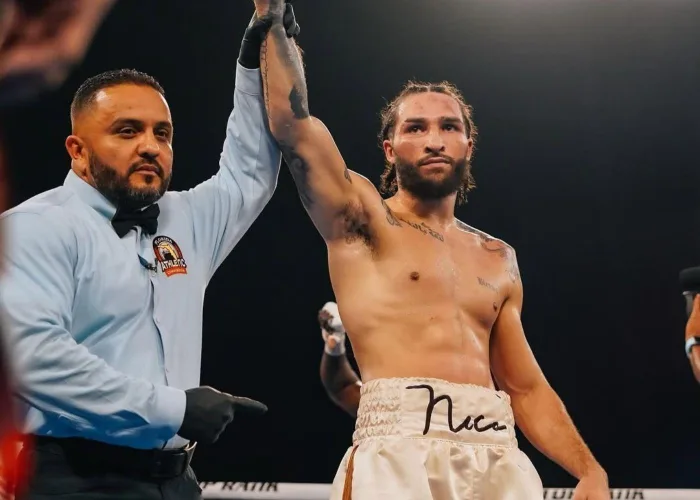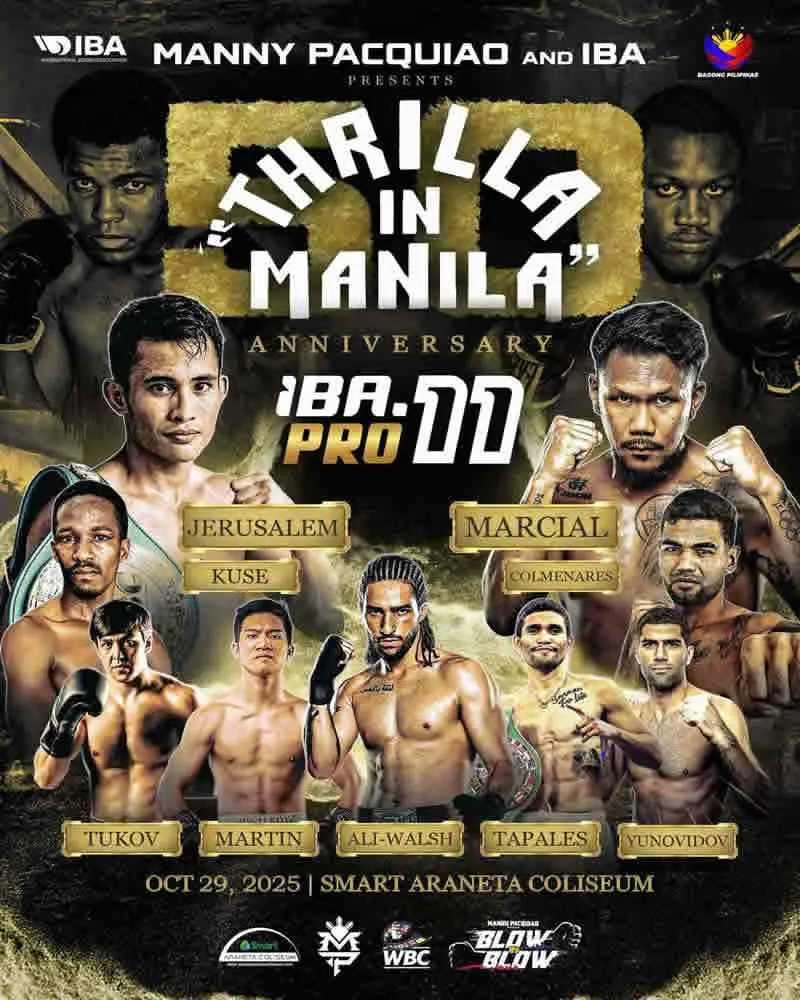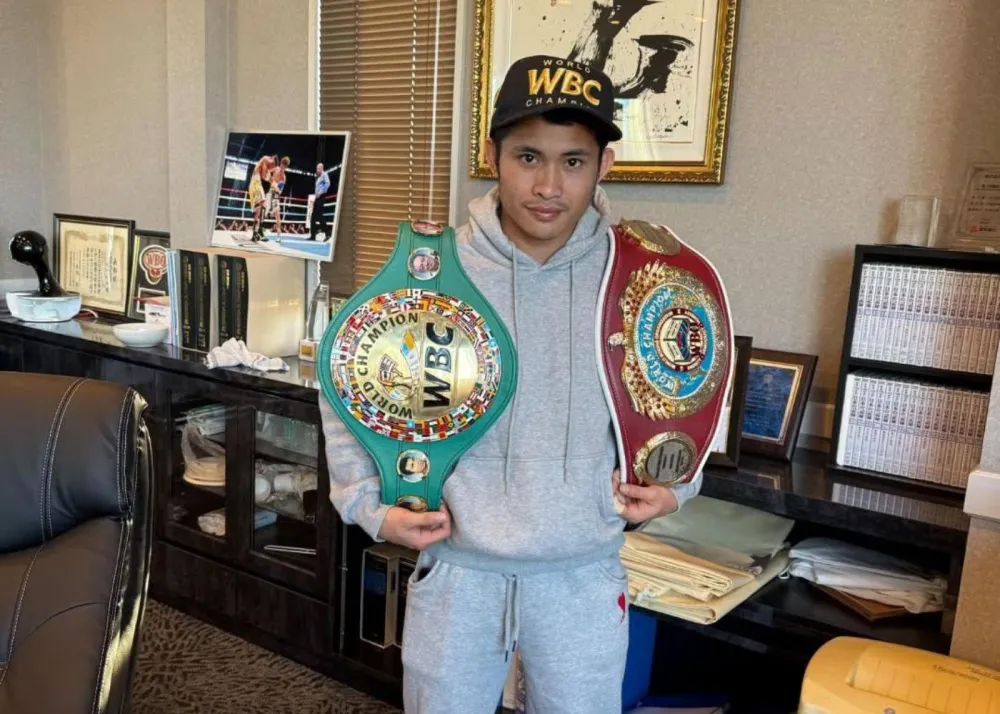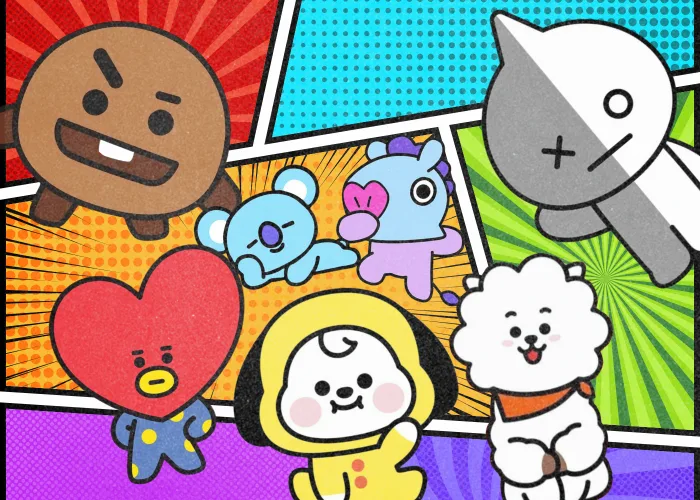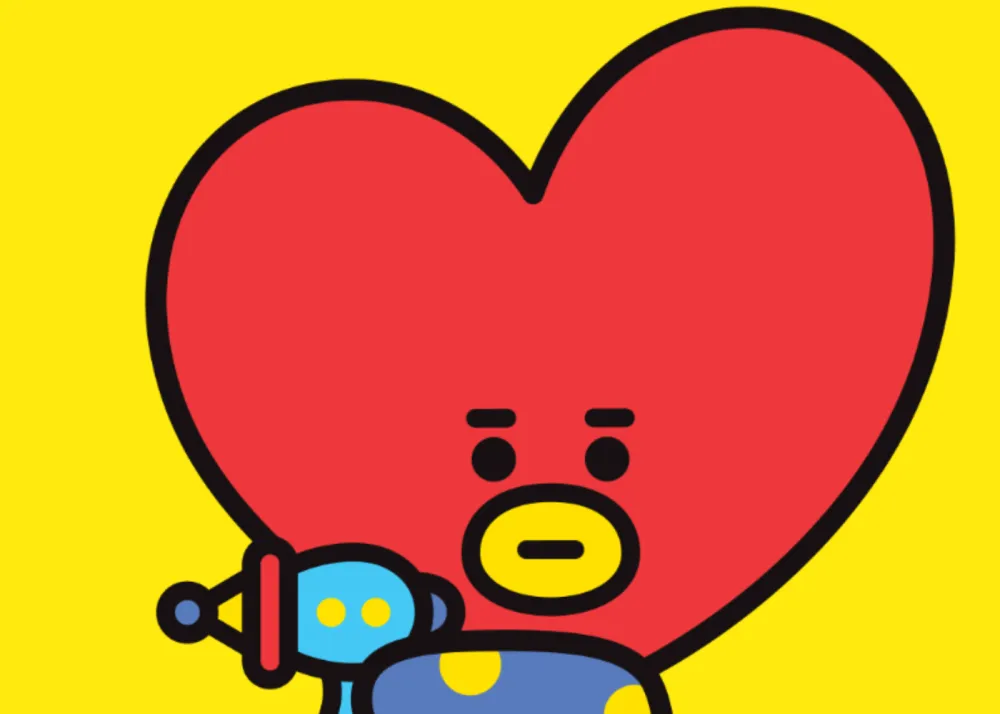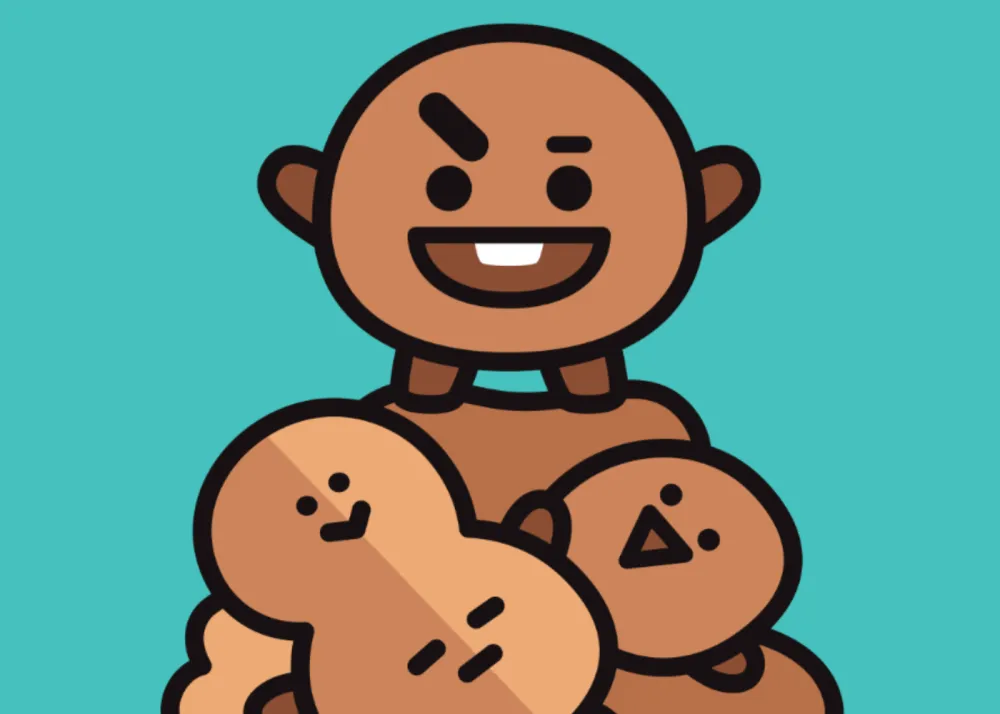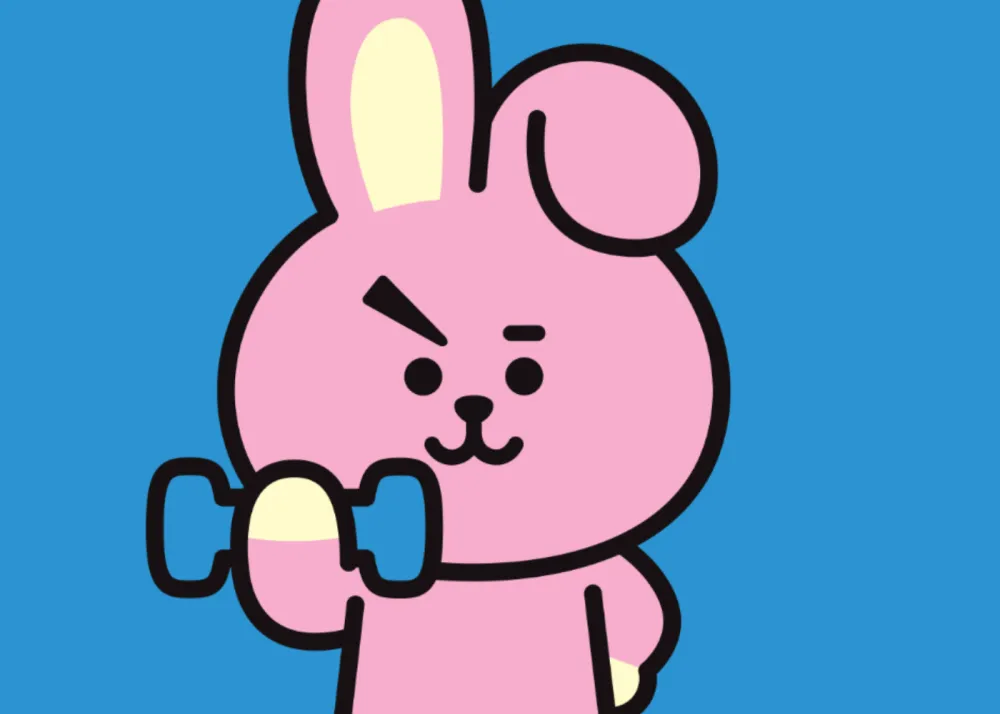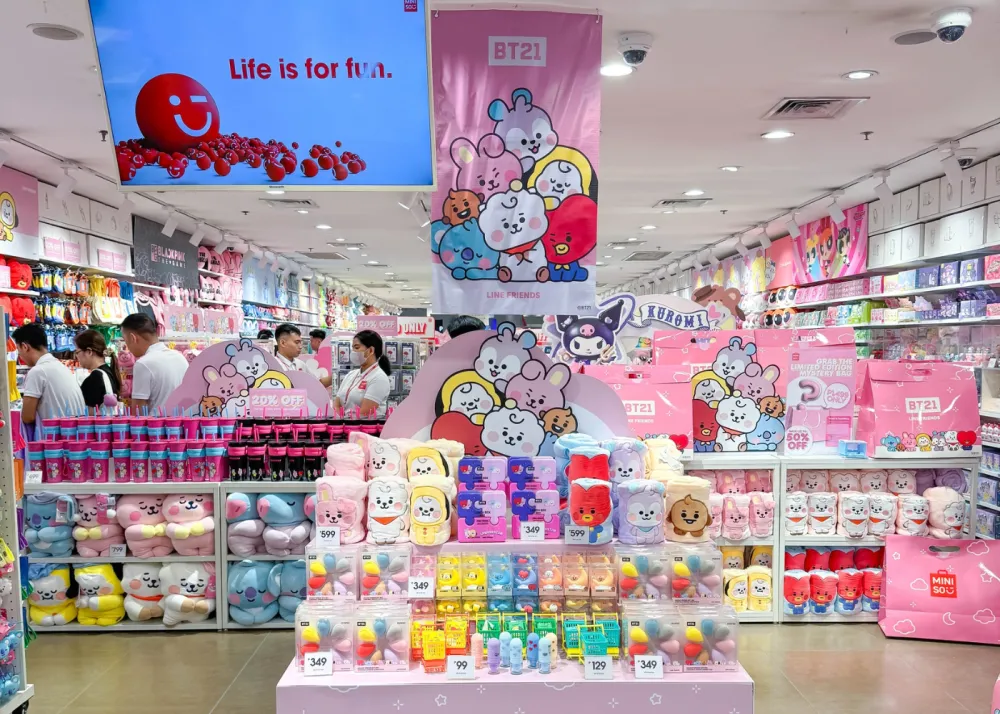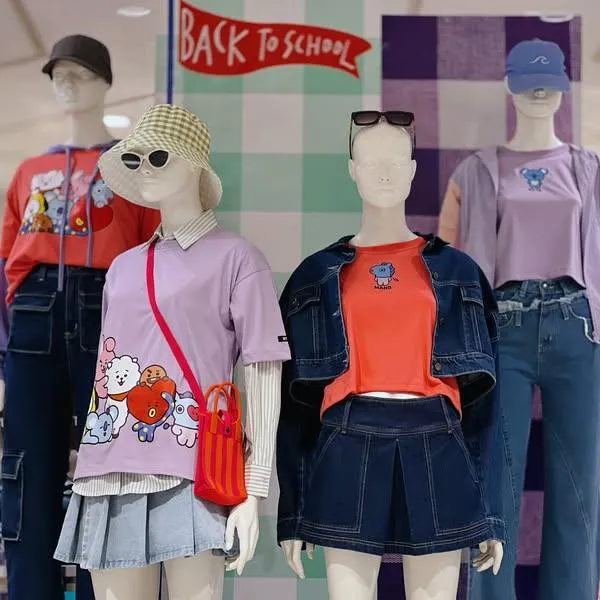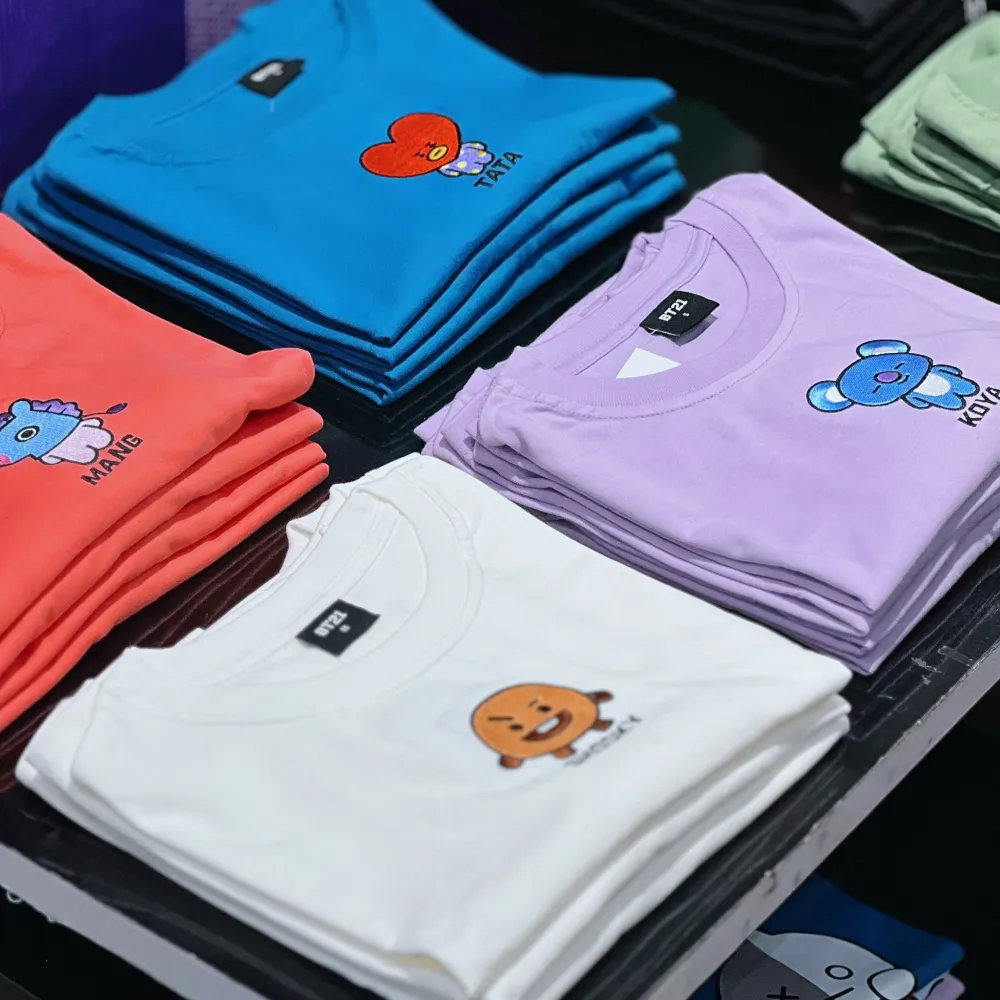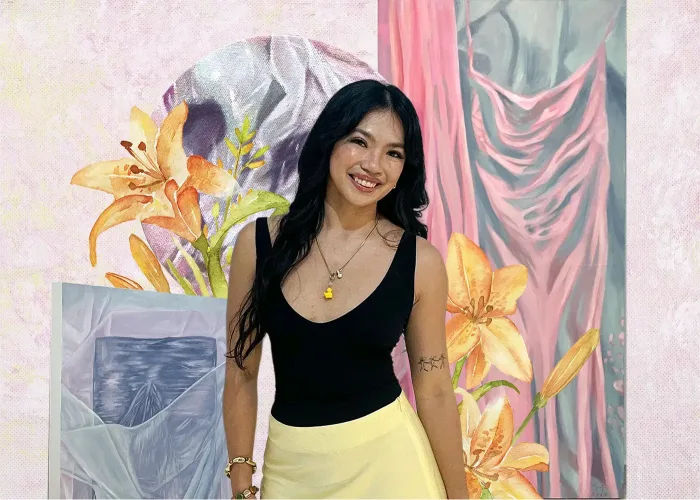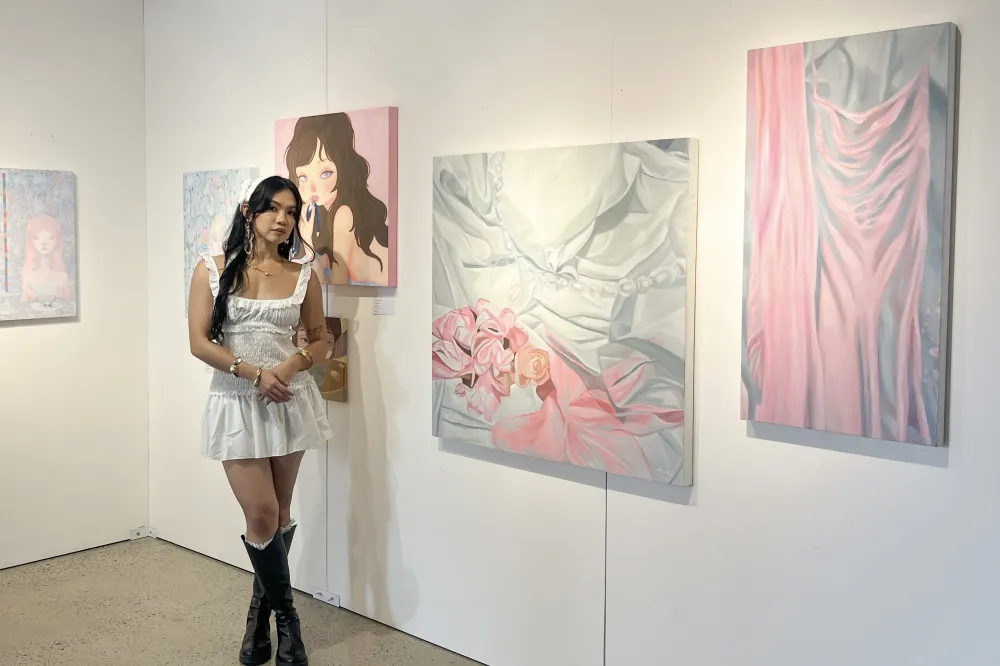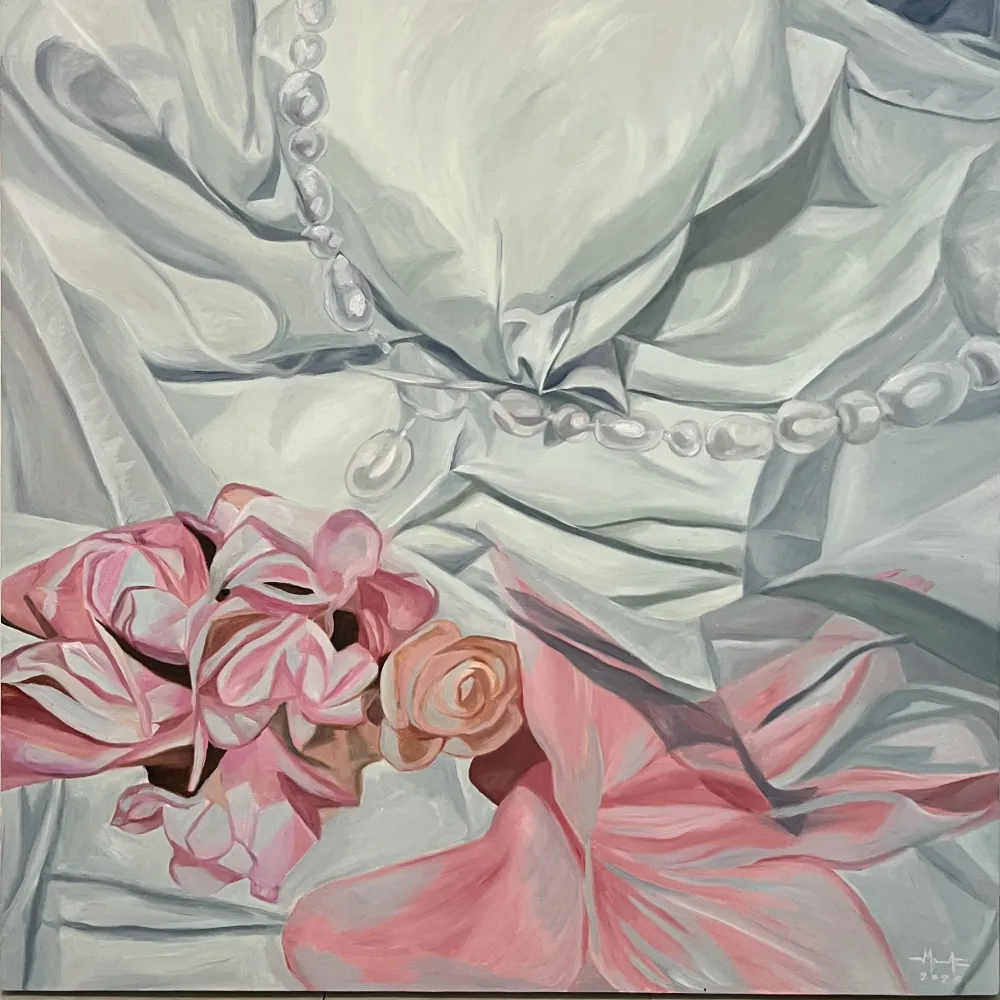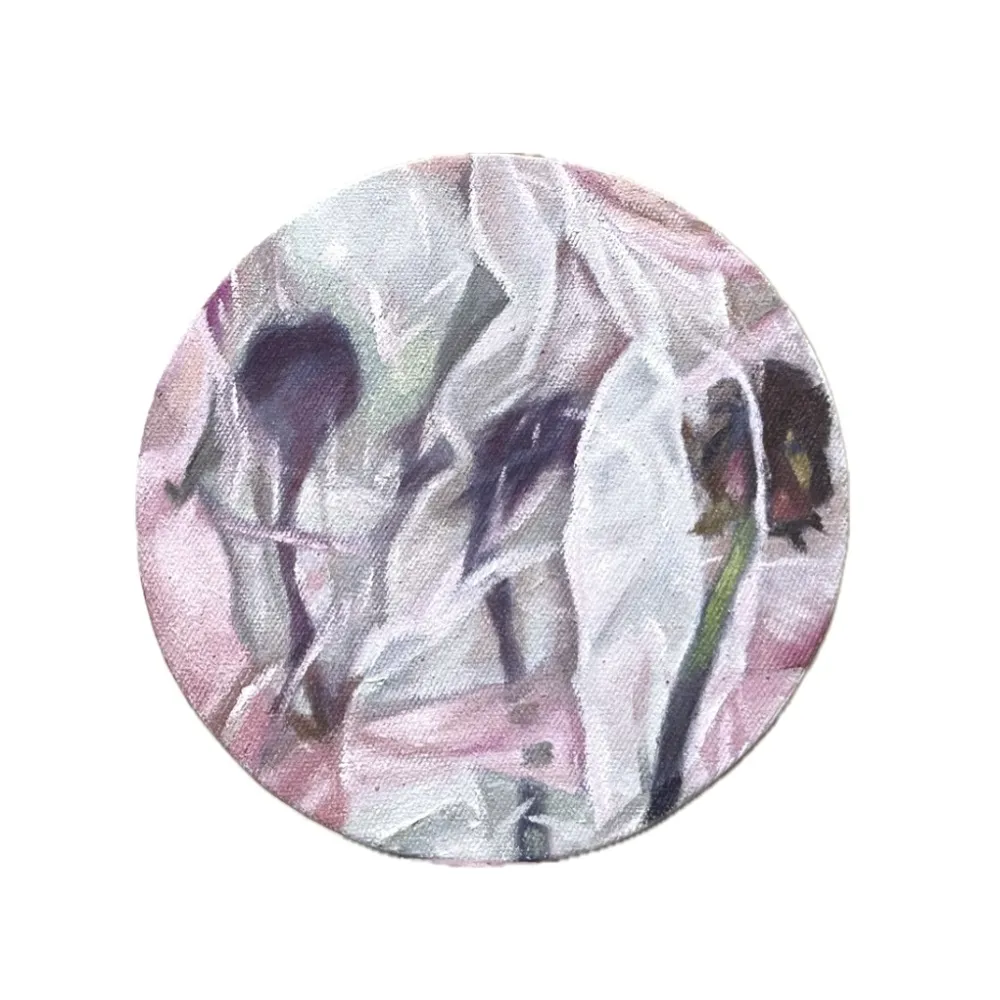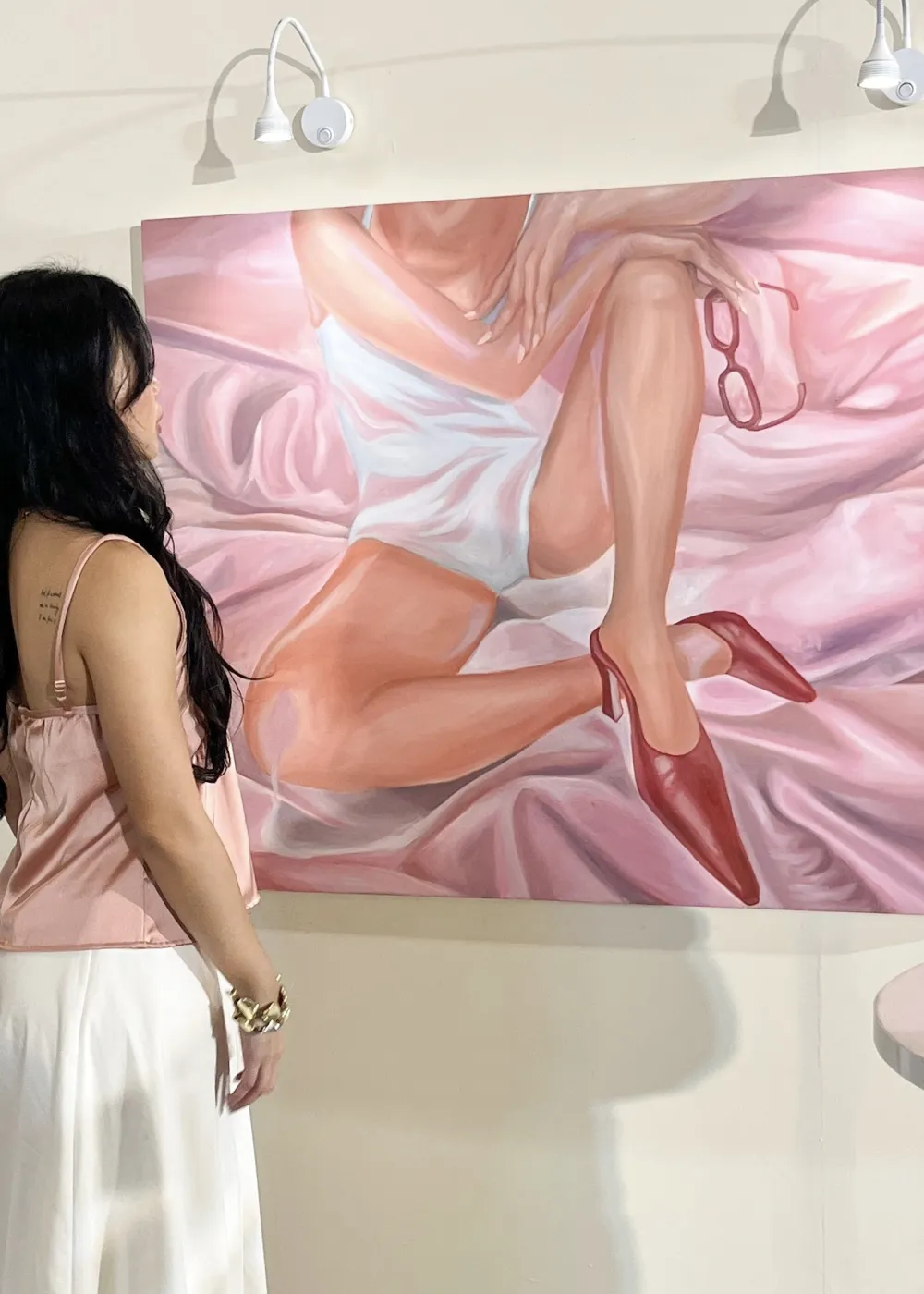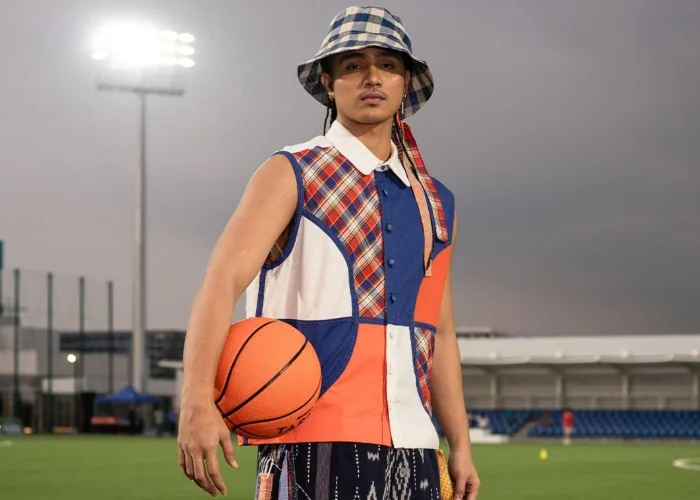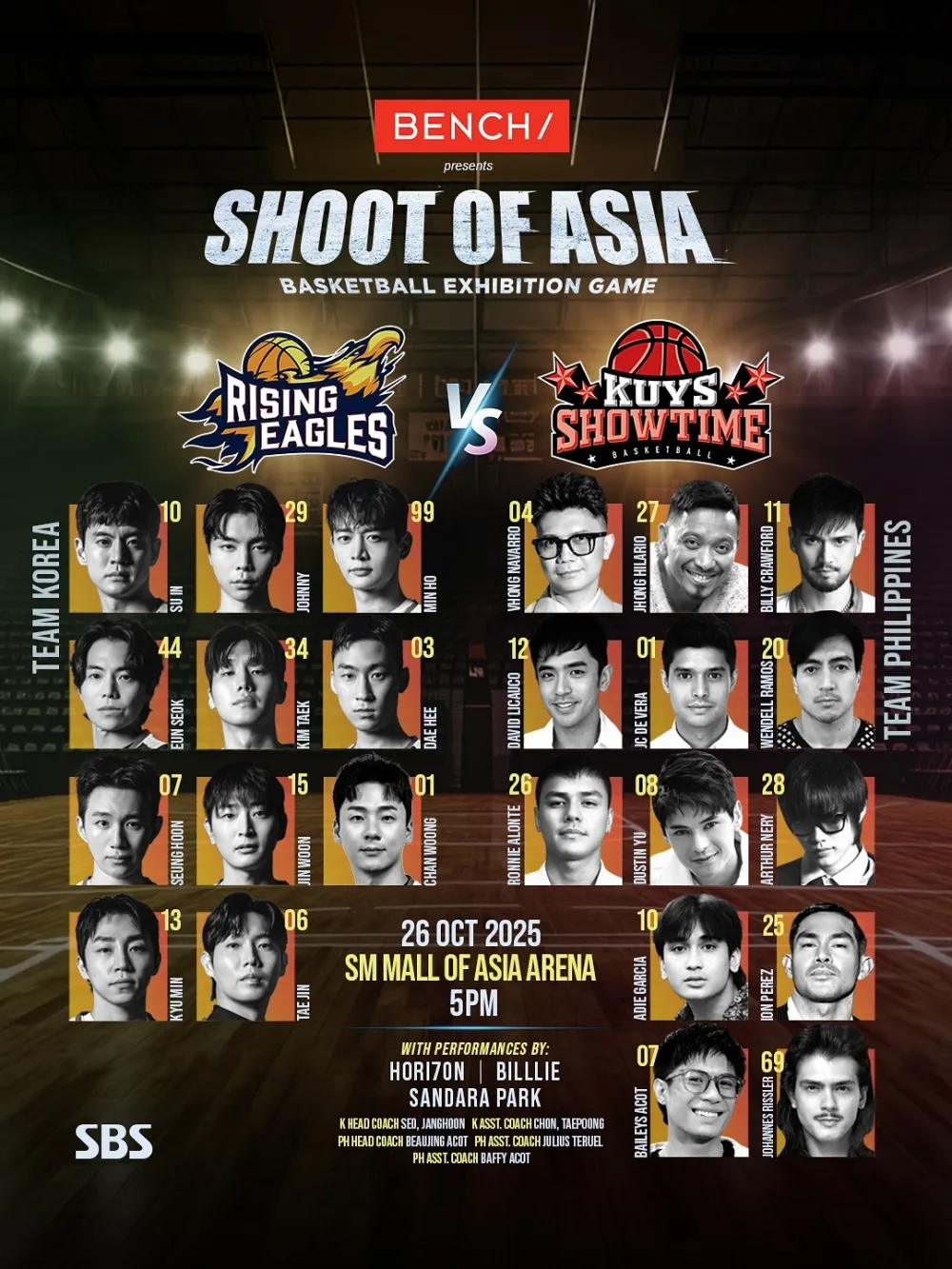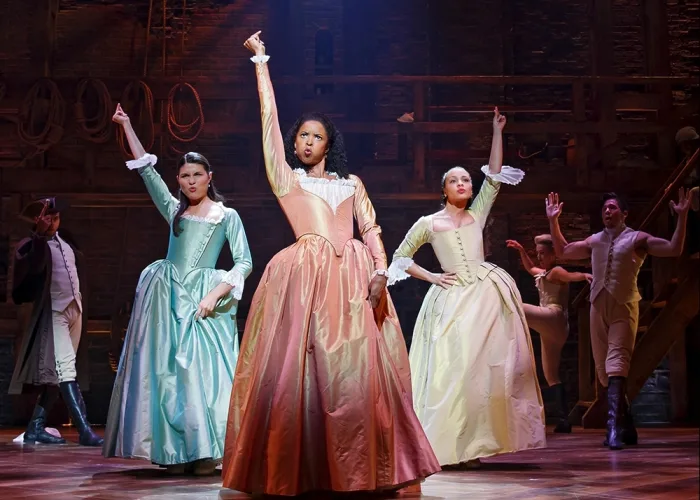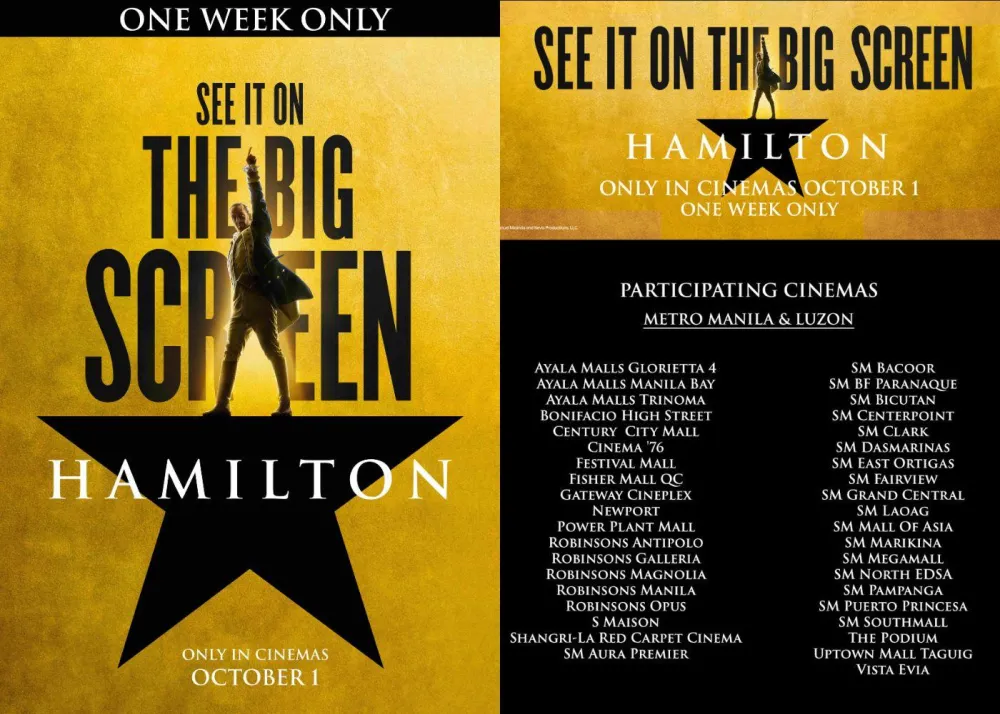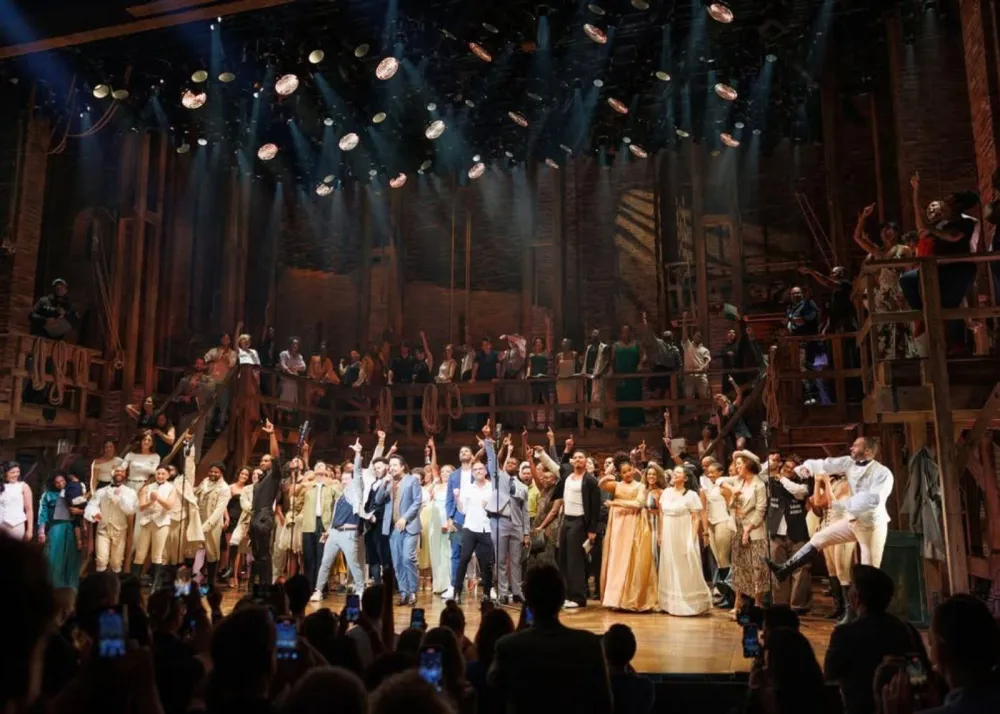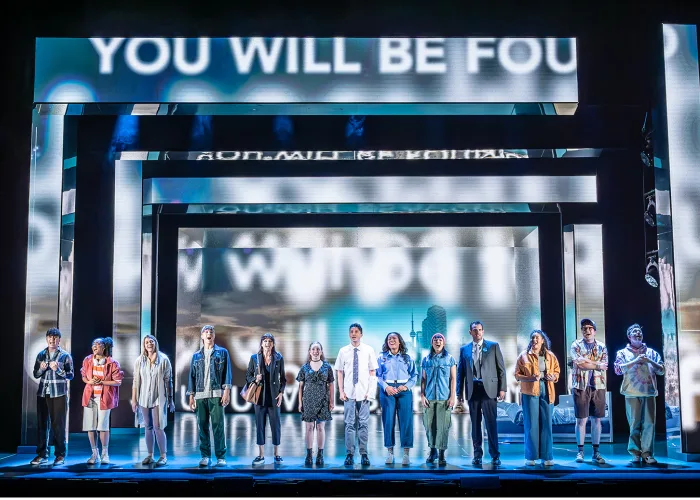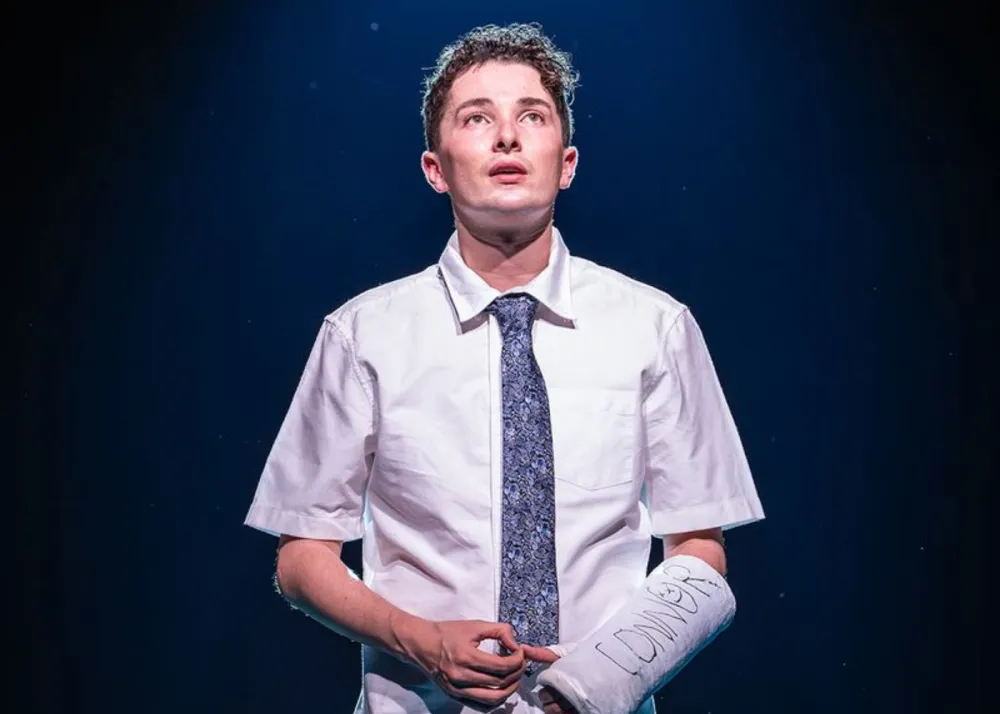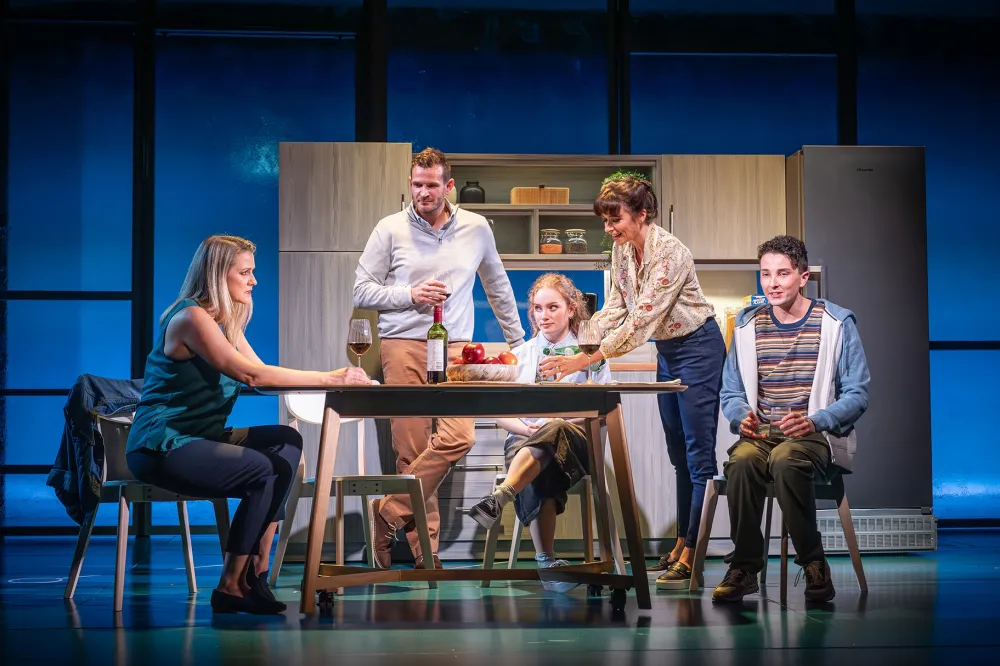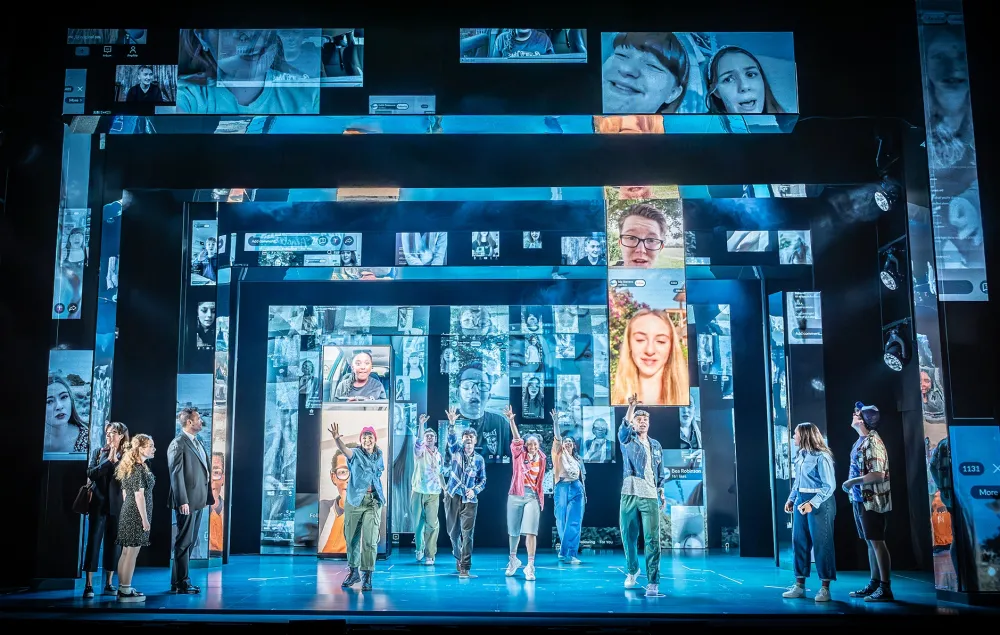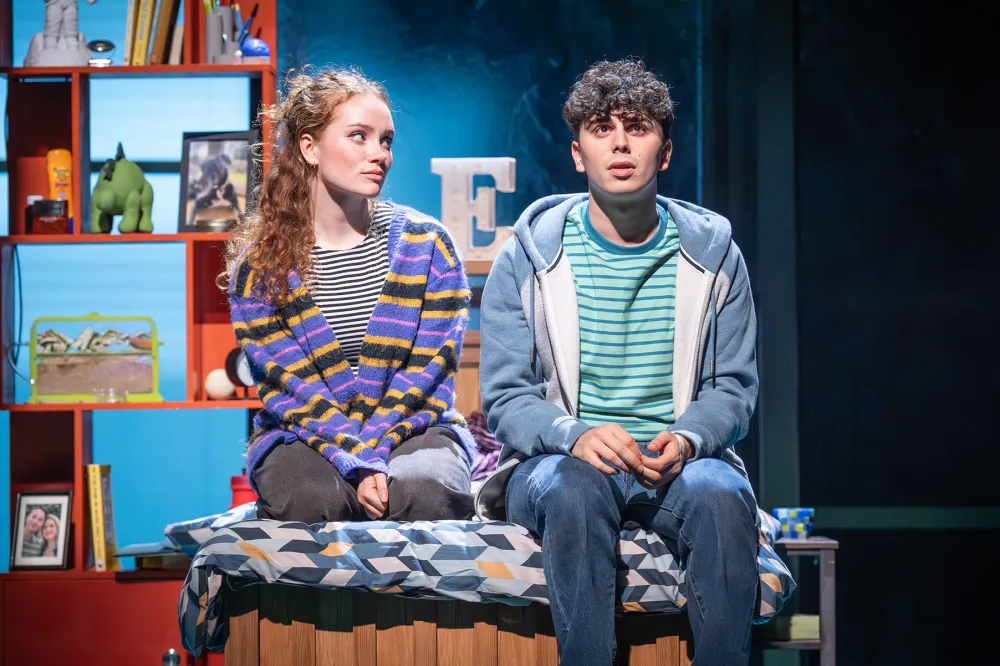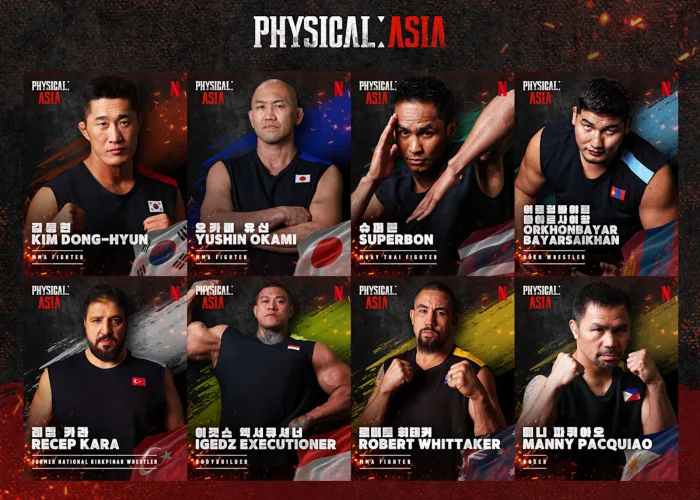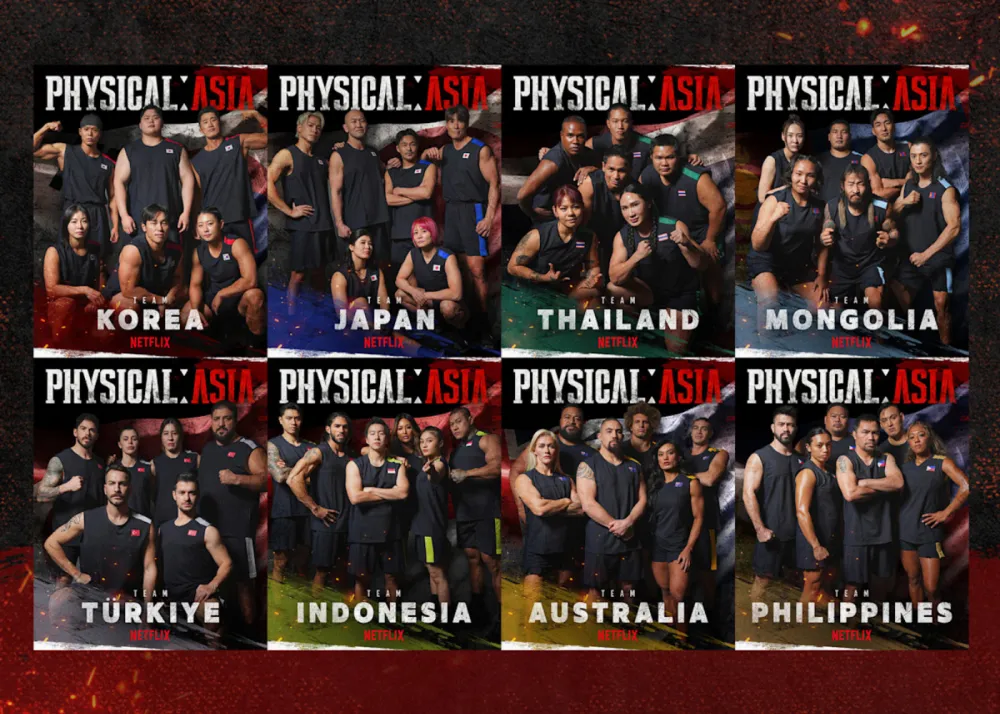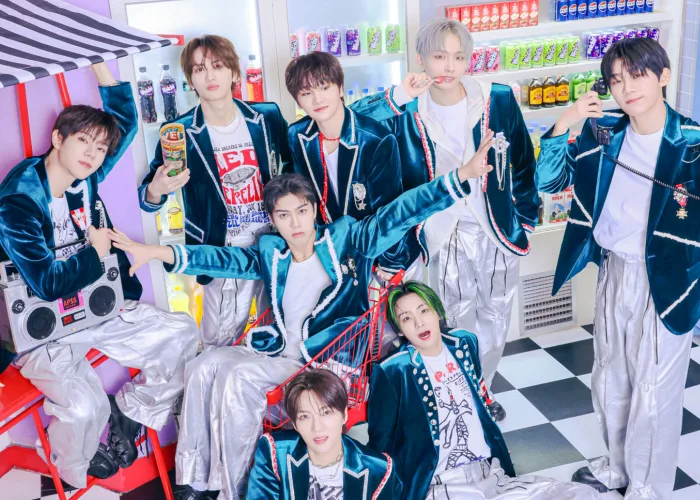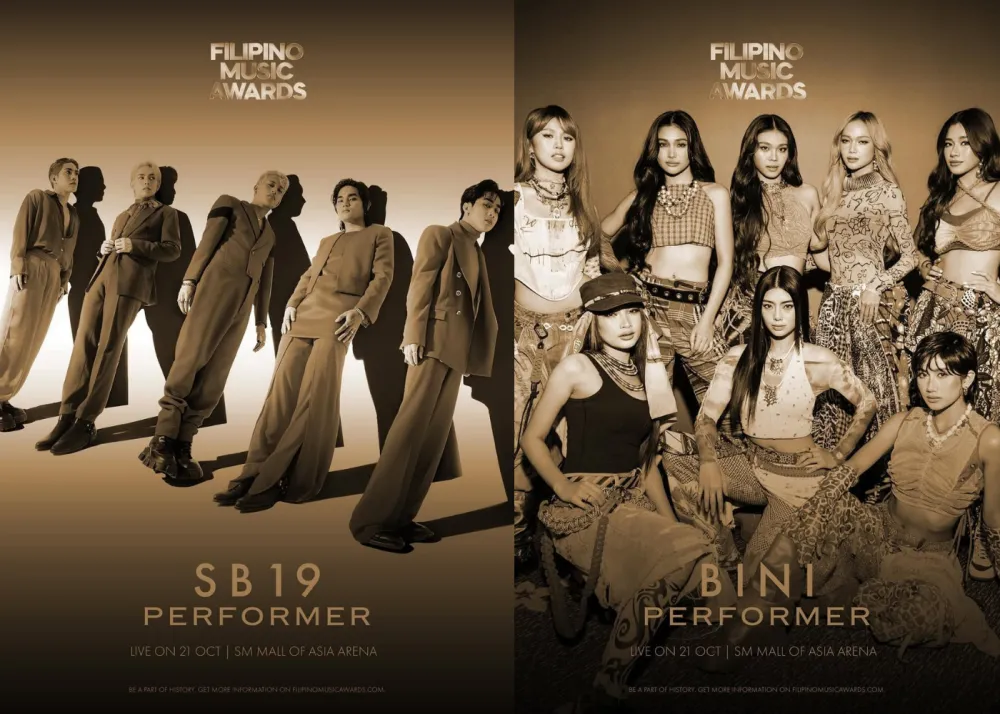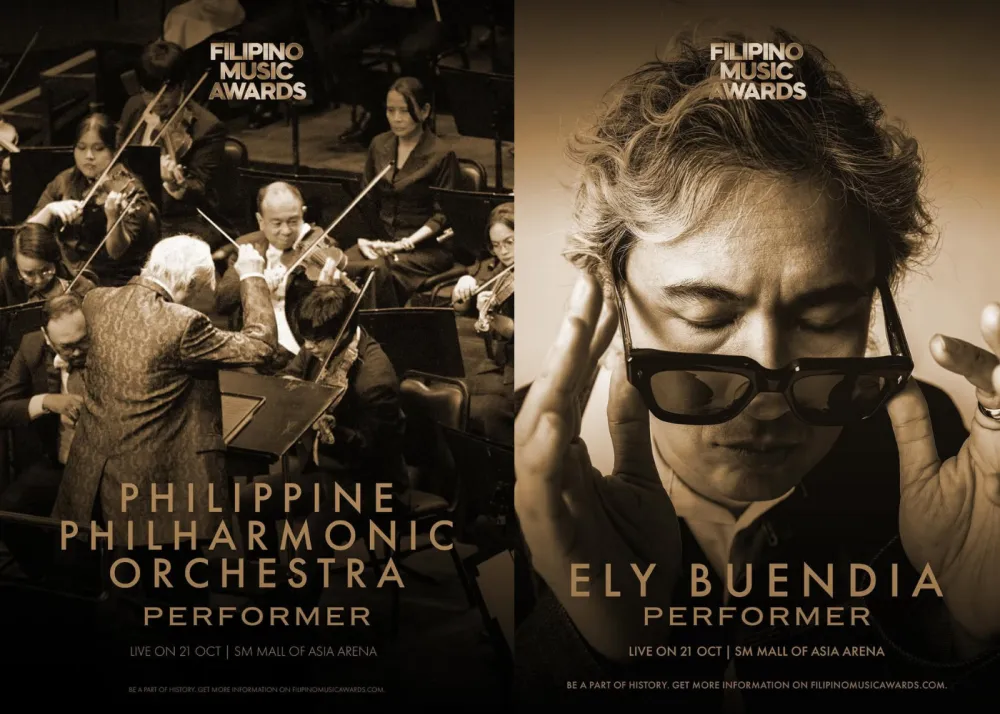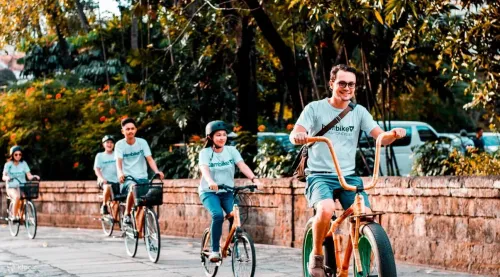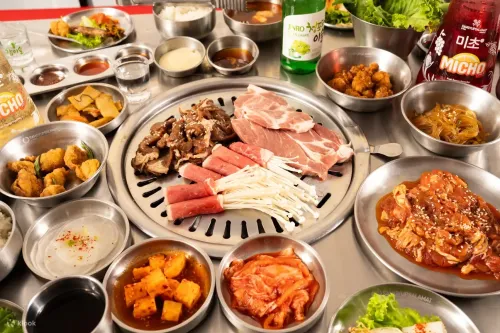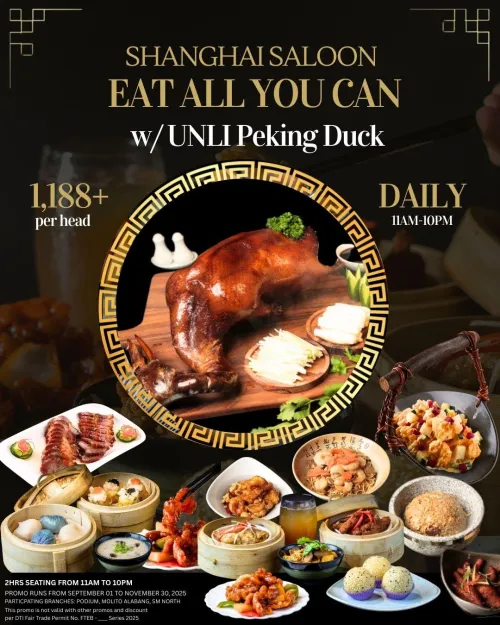7 Less-Popular Filipina Heroines Who Deserve the Spotlight, Too

The freedom that many Filipinos enjoy today is a product of blood, sweat, and tears of a few heroes—both celebrated and unsung. While some household names are sure to come up at the mention of Philippine heroes, there’s a roster of individuals whose courage and strength helped shape the country we now know today. The Beat Asia rounded up seven less popular but equally important Filipina heroines you should know about.
Maria Ylagan Orosa (1892-1945)
This Filipina pharmaceutical chemist is known for her food inventions that were used to provide nutrition to Filipino soldiers and prisoners during World War II. She used her academic knowledge to experiment with native ingredients to minimize the need of imported products and take advantage of local resources. She concocted Soyalac (a nutritious soybeans drink) and Darak (rice cookies with vitamin B-1), which were sneaked into Japanese camps to help save Filipinos from starvation. She later joined the Marking’s Guerilla movement against Japanese occupation and died of battlefield wounds. You have her to thank if you love banana catsup.
Teresa Magbanua (1868-1947)
Known as the “Visayan Joan of Arc,” Teresa Magbuana was a schoolteacher before becoming a military leader. When the 1896 revolution against Spaniards broke out, she was among the few women to join the Panay-based arm of the Katipunan. She disregarded the opposition of her brothers and took up arms against the colons, leading troops in combat. Her fight for freedom continued during the Philippine-American War, and later against the Japanese occupation forces, making her one of the few Filipinos to participate in all three resistance movements.
Fe del Mundo (1911-2011)
Fe del Mundo was a woman of many firsts: she founded the first paediatric hospital in the Philippines and invented many medical technologies to be used in rural areas. She graduated top of her class at the University of Philippines and completed her education at a Harvard-affiliated hospital in Boston. Through her pioneering work in paediatrics and modern child healthcare in the Philippines, she gained considerable recognition and was conferred the rank of National Scientist of the Philippines in 1980 and the Order of Lakandula in 2010. She was also the first Asian president of the Philippine Medical Association and the Medical Woman's International Association.
Valeria Yay Panlilio (1913-1978)
Valeria Panlilio was an American-Filipina journalist and radio announcer until World War II, when she decided to become a guerrilla leader. Many described her as a fearless and flamboyant woman, even earning her the title “the best-known woman in the islands,” according to magazine writer Florence Horn. She was often seen wearing brightly coloured pants in defiance of conventions and gender roles. She combatted the Japanese occupation by joining the U.S. army as a secret agent and informer, and later using her radio broadcasting station to diffuse encoded messages. She was awarded the U.S. Medal of Freedom for her wartime activities.
Leona Florentino (1849-1884)
Considered the “Mother of Philippine women’s literature,” Leona Florentino was a Filipina poet who wrote in Spanish and Ilocano. Forbidden to pursue higher education, she pursued her dreams of writing independently, and later became the first internationally recognized Filipina poet, with her works included in the International Encyclopaedia of Women’s Works in 1889 and exhibited at the Paris Exposition Internationale the same year. At a time when society was largely patriarchal, she became a major figure of protofeminism and a pioneer of lesbian literature, which led to her being shunned by her husband and children. She lived a desolated life in exile until she died at only 35 years old.
Agueda Kahabagan (Unknown)
Agueda Kahabagan, or “Henerala Agueda,” was the lone female general in the Army of the Filipino Republic. Tagged as the “Tagalog Joan of Arc,” she was famous for riding her horse with a bolo (a large knife) in one hand and a firearm in the other. Unfortunately, when the war ended, so did all mentions of her. She is one of the many women whose trace disappeared, and we can only hope she one day gets the attention she deserves.
Remedios Gomez-Paraiso (1919-2014)
Known as Kumander Liwayway, Remedios Gomez-Paraiso was a high-ranking leader in the Huk Rebellion. Before the Japanese occupation, she was a beauty queen, but the cruel death of her family in the hand of the Nippon soldiers made her join the armed movement. Her past as a beauty queen shone during the war, and many knew her as a stylish woman who donned formal attires, had made-up hair, and wore red lipstick. After the war, she dedicated her life to informing the public of the contributions of Filipinas during the conflict.
Subscribe to The Beat's newsletter to receive compelling, curated content straight to your inbox! You can also create an account with us for free to start bookmarking articles for later reading.







